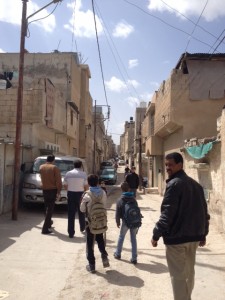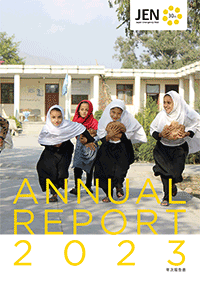How long will refugee camps last?
In late March, I went to Jordan privately. I visited Za’atari refugee camp on the first day and visited the Palestinian refugee camp on the second day.
‘Baqa’a camp,’ the Palestinian refugee camp we visited was established in 1967 and currently around 500,000 people live there. In the beginning, they lived in tents, but have since transitioned to one-storied houses. Some of those people live in two-storied houses. With more than 40 years since its establishment, the camp looks more like a city than a refugee camp.
The Palestinian refugees who live in Baqa’a camp have Jordanian residency and most of them have jobs. Some people can afford to purchase land or a house outside of the camp. Children are enrolled in schools and some of them who grew up in Jordan are studying medicine, technology, science and/or engineering at universities.
They are not suffering from insufficient food, clothing and/or shelter and they no longer need to fear bombings and bombardments. From outside, it seems as though they live “peaceful” lives. However, Jordan is not their home. They still long to return to Palestine, where they truly call home.
How long will Za’atari refugee camp last? Will Syrians go back to their home country after 20 years? Or will Za’atari Camp, with its already flourishing markets, also become a ‘city’?
These were some thoughts that filled my mind during my short trip to Jordan.
(Yoko Asakawa, JEN HQ Tokyo)
【JEN is now accepting donations. Your help would be very much appreciated.
DONATE here】

![Jordan[Syrian refugees] Blog](/en/project/images/mainimg_project_jordan.jpg)





